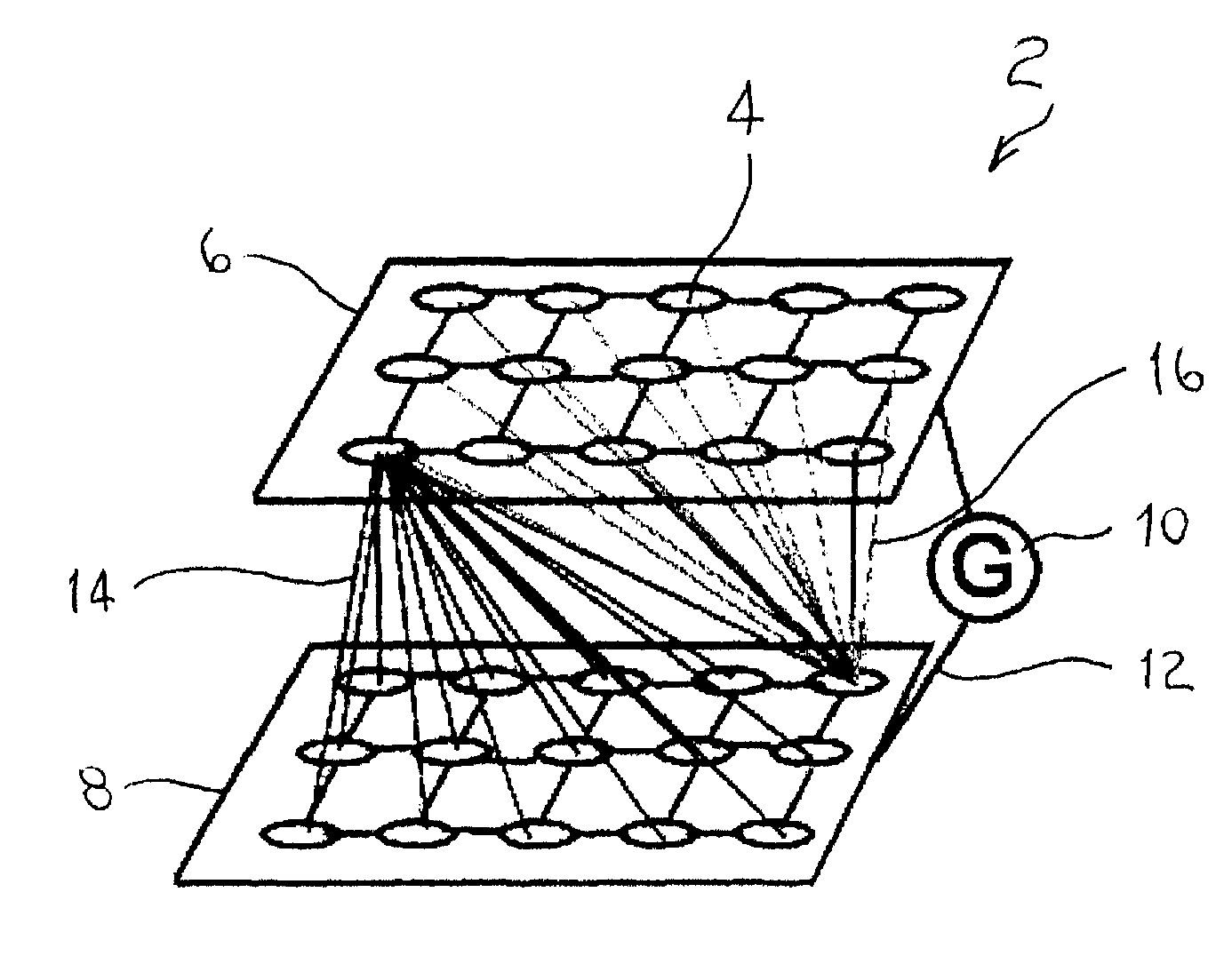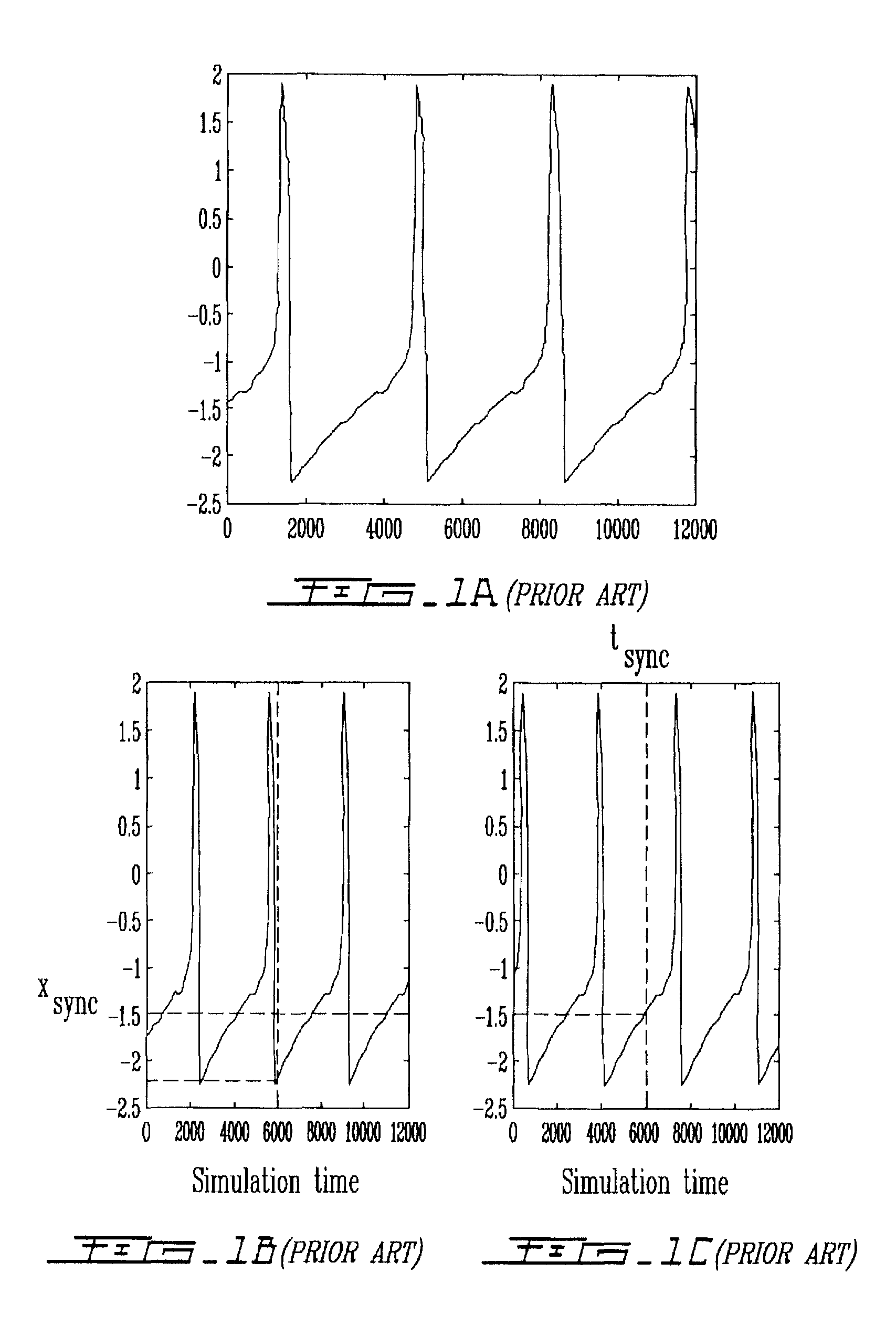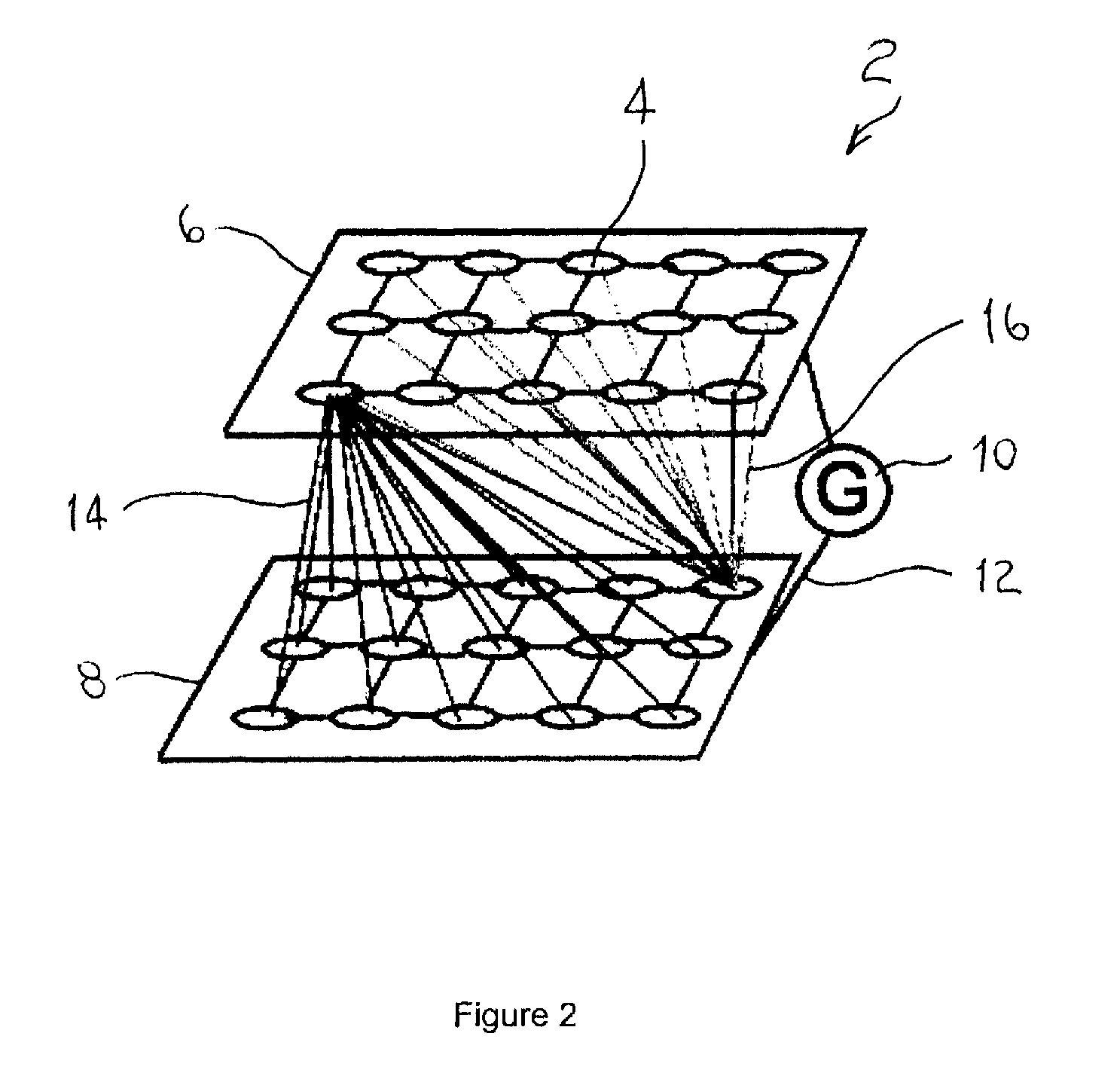Spatio-temporal pattern recognition using a spiking neural network and processing thereof on a portable and/or distributed computer
spatial pattern technology, applied in the field of signal processing using a spiking neural network, can solve the problems of difficult to train a system, difficult to detect patterns, and difficult to evaluate the distance of a signal,
- Summary
- Abstract
- Description
- Claims
- Application Information
AI Technical Summary
Benefits of technology
Problems solved by technology
Method used
Image
Examples
Embodiment Construction
[0083]In the following description, non-restrictive illustrative embodiments of the system and method according to the present invention will be described with reference to the appended drawings. More specifically, the non-restrictive, illustrative embodiments are concerned with characterizing sequences of spikes generated by neurons of a spiking neural network when a pattern is submitted to the spiking neural network after the latter is stabilized. The system and method according to the present invention can perform, for example, clustering or segmentation through synaptic weight values. Shape identification and recognition is embedded into local excitatory and global inhibitory connections and spiking synchronization.
[0084]In the following description, “pattern” is to be construed in a broad sense. For example, a pattern can be an audio signal, a video signal, a signal representing an image, including 3D images, or any entity that can be represented by a signal.
[0085]The spiking n...
PUM
 Login to View More
Login to View More Abstract
Description
Claims
Application Information
 Login to View More
Login to View More - R&D
- Intellectual Property
- Life Sciences
- Materials
- Tech Scout
- Unparalleled Data Quality
- Higher Quality Content
- 60% Fewer Hallucinations
Browse by: Latest US Patents, China's latest patents, Technical Efficacy Thesaurus, Application Domain, Technology Topic, Popular Technical Reports.
© 2025 PatSnap. All rights reserved.Legal|Privacy policy|Modern Slavery Act Transparency Statement|Sitemap|About US| Contact US: help@patsnap.com



